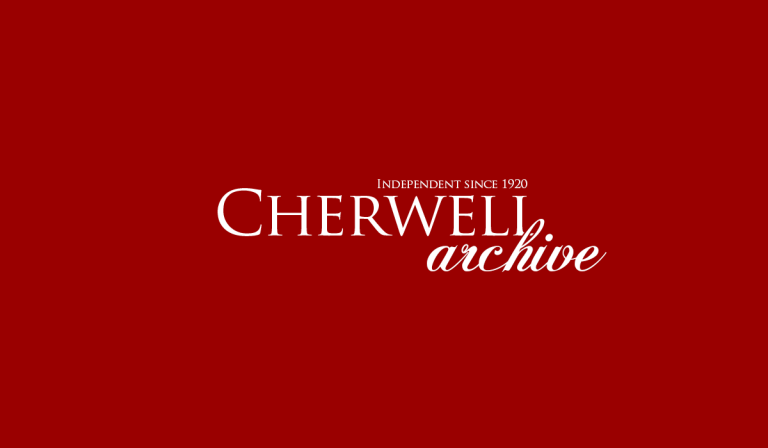Earlier this month, Tyson Fury and Joshua Anthony agreed to participate in an historic fight to take place on the 14th of August in Saudi Arabia. The boxing world exploded in reaction to this news, eagerly anticipating the face-off between the two British heavyweights.
Joshua, 31, has garnered an impressive array of titles in both his amateur and professional careers — the boxing star turned professional in 2014 at the age of twenty four. These include an Olympic Gold Medal from the 2012 London Olympics, the British and Commonwealth heavyweight titles from 2015 to 2016 and the WBA Super, IBF, WBO and IBO titles since December 2019. Of his twenty five career fights, he has won twenty four and lost only one. The Ring and the Boxing Writers Association of America named his fight against Wladimir Klitschko in 2017, from which he emerged victorious, Fight of the Year.
Tyson Fury’s career is equally dazzling. Nicknamed ‘Gypsy King’ and ‘The Furious One’, a number of sporting organisations including ESP ranked him the world’s best active heavyweight as of December 2020. Fury is a two-time world heavyweight champion, and currently holds the WBC and Ring magazine titles. Standing at six feet nine inches (206 cm), he towers over Joshua’s six feet six inches (198 cm). Impressively, he has won thirty of his thirty-one career fights and drawn one.
Given the respective weights of their reputations, the boxing world responded to the announcement of the fight with much media coverage and speculation as to who would be crowned the British heavyweight king. Only days after the fight was confirmed, however, Fury pulled out. Deontay Wilder called for an arbitration hearing as to whether he had a right to face Fury for a third time. The American professional boxer, who held the WBC heavyweight title from 2015 to 2020, is known for his knockout-out-to-win percentage, which is currently 98% with forty one out of forty two wins as knock outs. He has lost and drawn only one match each. Wilder has faced Fury twice before, with the first (in December 2018) ending in a draw and a highly anticipated rematch (in February 2020) in a loss for the American. This victory led Fury to clinch the WBC heavyweight title.
Casting Joshua and Fury’s plans for a clash later this summer into disarray, Wilder recently announced that he would be enforcing Fury’s contractual obligation to face him for a third time. They are expected to fight on the 24th of July in Las Vegas, although this has not yet been confirmed. Both Joshua and Fury are reportedly upset by this, with boxing promoter Bob Arum predicting that Fury will ‘take out his frustration and anger on Wilder’ and will ‘knock Wilder out quicker than he did last time’. Joshua, for his part, has been ordered to defend his WBO heavyweight title against Oleksandr Usyk in light of the unravelling of his plans with Fury. Negotiations for the long-awaited fight between Fury and Joshua are expected to resume in the Autumn. If both Fury and Joshua win their respective rights, it is possible that their long-awaited clash could take place towards the end of this year or early 2022.
In a very different sphere of influence, another tussle is taking place on the same plane. Logan Paul, Youtube Influencer and internet personality, is to take on seasoned professional boxer Floyd Mayweather on the 6th of June in Miami. Throughout his almost twenty year career from 1996 to 2015, Mayweather won fifteen major world titles and retired undefeated, with a total of fifty wins. The Boxing Writers Association of America named Mayweather ‘Fighter of the Decade’ for the 2010s. Paul, in contrast, is a twenty-six year old social media celebrity who is most known for the controversial stunts that he pulls for views. He currently has over 22.9 million subscribers and 5.71 billion views on Youtube. Many hold that the fight is simply one of these stunts intended to increase his media presence, and lament the degradation of the sport of boxing.
Mayweather, also, is not without stakes in the game. Nicknamed ‘Money’, the boxer has participated in the four biggest-selling pay-per-view events in boxing history. When asked about the potential revenue of the fight, Mayweather said that while he could make £25 million from any fight, this special fight could earn him £72 million. Opinions on this match – or ‘mismatch’, more accurately – are divided. Some hold the old adage that any publicity is good publicity, choosing to believe that Paul’s presence will broaden the cultural reach of the sport. Others, however, argue that this could take the sport’s history of artificial spectacles to an unacceptable extreme. Either way, fans will doubtless flock to watch both Joshua and Fury’s eventual clash and Mayweather and Paul’s more imminent fight, and millions will watch on the television to see who emerges victorious from the ring.
Fans will doubtless flock to watch both Joshua and Fury’s eventual clash and Mayweather and Paul’s more imminent fight, and millions will watch on the television to see who emerges victorious from the ring.
Image credit: James Prince / CC BY 3.0.






